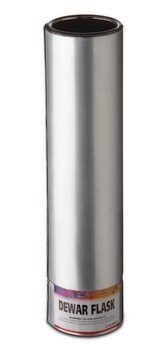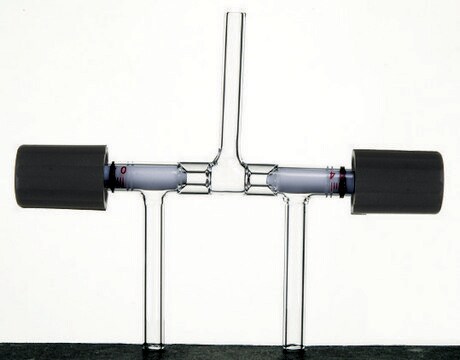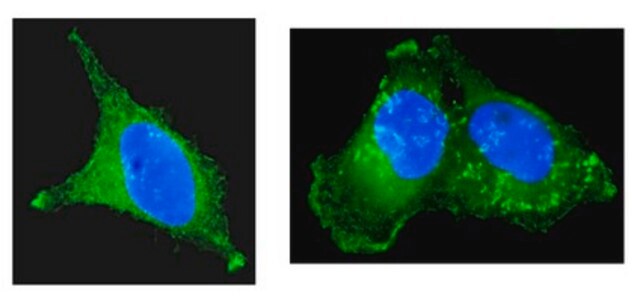OV56
96020759, human ovary, Epithelial
Synonyme(s) :
OV-56 Cells
Se connecterpour consulter vos tarifs contractuels et ceux de votre entreprise/organisme
About This Item
Code UNSPSC :
41106514
Produits recommandés
product name
OV56, 96020759
Source biologique
human ovary
Mode de croissance
Adherent
Caryotype
Not specified
Morphologie
Epithelial
Produits
VEGF
Récepteurs
Not specified
Technique(s)
cell culture | mammalian: suitable
Maladie(s) pertinente(s)
cancer
Conditions d'expédition
dry ice
Température de stockage
−196°C
Origine de la lignée cellulaire
Human ovarian serous carcinoma (ascites) stage IV, poorly differentiated
Description de la lignée cellulaire
The OV56 cell line was established from ascitic fluid derived from a 46-year-old female patient diagnosed with ovarian cancer. The tumour was characterised as stage IV, poorly differentiated. Immunocytochemical staining of the cells was reported to show strong staining for cytokeratin (CK), weak staining for carcinoembryonic antigen (CEA) and strong staining for human milk fat globulin (HMFG-2). Production of vascular endothelial growth factor (VEGF) has been detected by ELISA. The patient had received sequential treatment with cisplatin and cyclophosphamide, cisplatin and etoposide and subsequently tamoxifen.
Profil d'ADN
STR-PCR Data: Amelogenin: X
CSF1PO: 11
D13S317: 8,9
D16S539: 10,13
D5S818: 11,12
D7S820: 10
THO1: 6,9
TPOX: 9,11
vWA: 15,19
CSF1PO: 11
D13S317: 8,9
D16S539: 10,13
D5S818: 11,12
D7S820: 10
THO1: 6,9
TPOX: 9,11
vWA: 15,19
Milieu de culture
DMEM:HAMS F12 (1:1) + 2mM Glutamine + 5% Foetal Bovine Serum (FBS) + 0.5 ug/ml hydrocortisone + 10ug/ml insulin
Procédure de repiquage
Split sub-confluent cultures (70-80%) 1:3 to 1:6 i.e. seeding at 2-4x10,000 cells/cm2 using 0.25% trypsin/EDTA; 5% CO2; 37°C.
Autres remarques
Additional freight & handling charges may be applicable for Asia-Pacific shipments. Please check with your local Customer Service representative for more information.
Certificats d'analyse (COA)
Recherchez un Certificats d'analyse (COA) en saisissant le numéro de lot du produit. Les numéros de lot figurent sur l'étiquette du produit après les mots "Lot" ou "Batch".
Déjà en possession de ce produit ?
Retrouvez la documentation relative aux produits que vous avez récemment achetés dans la Bibliothèque de documents.
Notre équipe de scientifiques dispose d'une expérience dans tous les secteurs de la recherche, notamment en sciences de la vie, science des matériaux, synthèse chimique, chromatographie, analyse et dans de nombreux autres domaines..
Contacter notre Service technique





